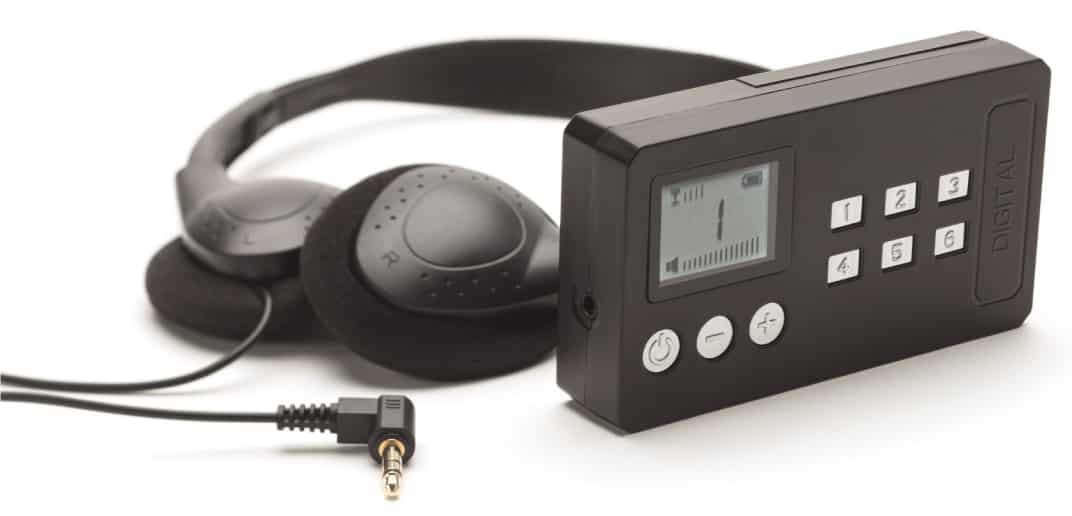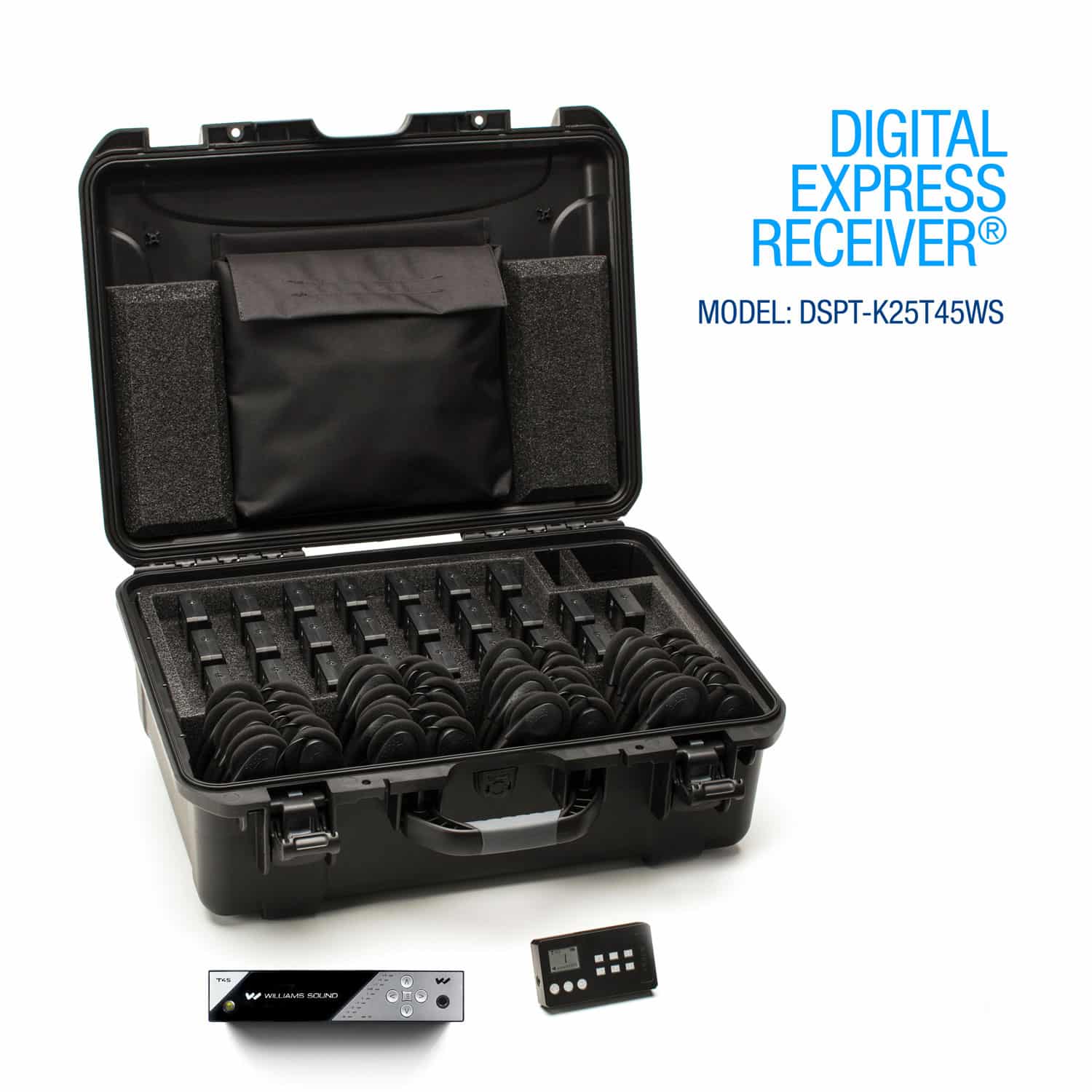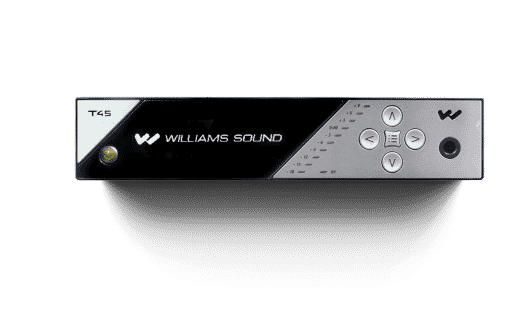Simultaneous interpretation equipment in Whitehorse


Translation and Interpretation Systems and equipment in Whitehorse

In this article, we provide you with all the information about the simultaneous interpretation equipment for users who are in Whitehorse.
What is simultaneous interpretation?
Simultaneous interpretation involves interpreting foreign languages in real-time during conferences, and interpreters typically use wireless equipment in booths dedicated to simultaneous interpretation.
In the 1920s, Edward Filene and Alan Gordon Finlay manufactured the first simultaneous interpretation equipment, which they called the “Filene-Finlay Simultaneous Translator.” This system was designed for reading pre-translated texts before conferences, as live simultaneous interpretation was not yet possible.
After World War II, the Nuremberg trials marked the beginning of the development of simultaneous interpreting equipment that bears a resemblance to the equipment used today. The United Nations is credited with introducing simultaneous interpretation equipment into public use, despite encountering resistance after the war.
Simultaneous interpretation equipment today
Simultaneous interpretation is a widely used method in conferences, and there are many manufacturers who offer interpretation equipment for sale. However, the quality of equipment design and manufacturing can vary significantly in an uncontrolled market.
To ensure the best quality equipment, it is crucial to find a reliable supplier of simultaneous interpretation equipment. It’s important to note that not all companies that offer audio-visual equipment can provide simultaneous interpretation equipment.
Professional agencies or language service providers may own their equipment or collaborate with specialized companies to provide equipment for conferences. If you don’t have the necessary equipment, you have the option to either buy conference interpretation services or rent simultaneous interpretation equipment. Language service providers can help you with both options.

What configurations of simultaneous interpretation equipment exist?
There are 3 configurations of simultaneous interpretation equipment in Whitehorse:
Permanent facilities
Permanent facilities are used at the United Nations, the European Parliament or in a large conference center. The name of these facilities is permanent in the conferences.
In order for the setup to be operational during conferences, the interpreters work in an enclosed space from which they can do nothing but carry out their task.
Portable/mobile configurations
Currently, portable booths are used very frequently during conferences, as hotels do not have permanent facilities in their conference rooms.
One booth is suitable for 2 interpreters per language, but for large conferences, one booth may be suitable for 3 interpreters per language.
The portable configuration is the same as for the fixed booths, often it is the lighting and ventilation. The difference is that the equipment is mobile for portable booths.
Whispering equipment
To use whispering equipment, you need a portable transmitter and a wireless receiver. However, participants who are sometimes on the move cannot use this whispering equipment for a standard conference in the same room.

What equipment is in a simultaneous interpretation booth?
Simultaneous Interpreting Console
The simultaneous interpreting console is a set of a box with audio connections, especially for a headset and an interpreter’s microphone. At a large conference, several interpreters are engaged, and it is necessary to have headsets and microphones for each interpreter.
Numerous switches are located on the interpreting console to guide users in choosing languages, adjusting headset volume or temporarily disabling the microphone.
Interpreter headset
The technician is responsible for providing all interpreters in the conference room with a headset.
The interpreters have their own headsets when professional conferences are held in other countries or cities. In addition, there are models specially designed by the manufacturers to have a better representation of the sound during simultaneous interpretation.
An interpreter headset should be binaural to help the interpreter hear the speech during the conference.
Interpreter Microphone
There are three options available for interpreter microphones. The first selection is a microphone built into a helmet, which is the most practical and widely used option. The second selection is a built-in microphone in an interpreting console, which is inserted directly into the microphone connector. The third selection is a stand-alone table microphone, which is less convenient and is connected to the interpreting console via a cable.
When the microphone gets too hot, the interpreter may accidentally move it away, resulting in unpleasant sound quality. Therefore, it is essential to choose an effective conference microphone, such as a microphone built into a headset.
Apart from microphones, a simultaneous interpretation booth is equipped with appropriate lighting, fans, a chair depending on the number of interpreters in the booth, and an internet connection.
Wireless receivers are also essential for the representatives to receive the audio stream from the participants during the conference. Interpreters then transmit the simultaneous interpretation to a wireless transmitter, receivers, and headsets of all representatives.
To ensure the smooth running of the conference, it is crucial to follow a few points. Receivers and headsets should be picked up before the conference, and proof of identity must be provided to receive a receiver from the conference organizers. It is essential to check headset volume before each conference, never tap on a turned-on microphone to avoid accidents, and listen to the instructions or check the assigned language channels. In case of any issues with the receiver, it should be reported to the sound technician present in the room. Finally, to avoid hearing feedback, headsets should not be placed next to a live microphone.
What are the standards for simultaneous interpretation equipment?
The standards for simultaneous interpretation equipment are as follows:
- ISO 2603 “Simultaneous interpreting – Permanent booths – Requirements” which covers built-in installations;
- ISO 4043 “Simultaneous interpreting – Mobile booths – Requirements” which covers portable interpreter kits;
- And the other standards ISO/FDIS 20109 “Simultaneous Interpreting – Equipment – Requirements” or ASTM F2089: Standard Guide for Language Interpreting Services

